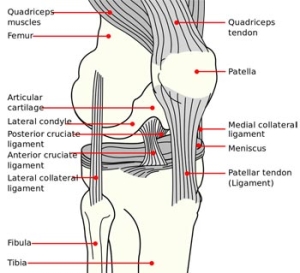Musculoskeletal pain affects not only bones and muscles, but also ligaments, tendons and nerves.
This pain can be caused by an acute injury, such as falls, fractures, sprains, dislocations, car accidents, and direct muscle trauma. It can also be a chronic condition, most commonly affecting the lower back. Joint pains from arthritis are also a common musculoskeletal complaint causing chronic pain.
Diagnosing musculoskeletal pain will depend on the cause, body part affected, and whether it is an acute or chronic condition. After taking a full medical history and physical exam, other diagnostic tests may be needed. These tests may include: blood tests, X-rays, CT scan or MRI.
Once the problem is diagnosed, appropriate treatment will be prescribed. In more acute conditions, your doctor may suggest starting with conservative treatment such as RICE (rest, ice, compression and elevation). Thereafter Physical/Occupational Therapy may be prescribed. Certain conditions may also benefit from temporary splinting of an affected joint to allow healing. Anti-inflammatory medications (i.e. Ibuprofen and naproxen) are also commonly prescribed for acute injuries to help both pain and swelling. These medications are also used for some chronic conditions such as osteoarthritis. Other treatment options for musculoskeletal pain may also include massage, chiropractic, acupuncture, or injections.
Reference: Cleveland Clinic. Musculoskeletal Pain. Accessed 10/30/2015.


